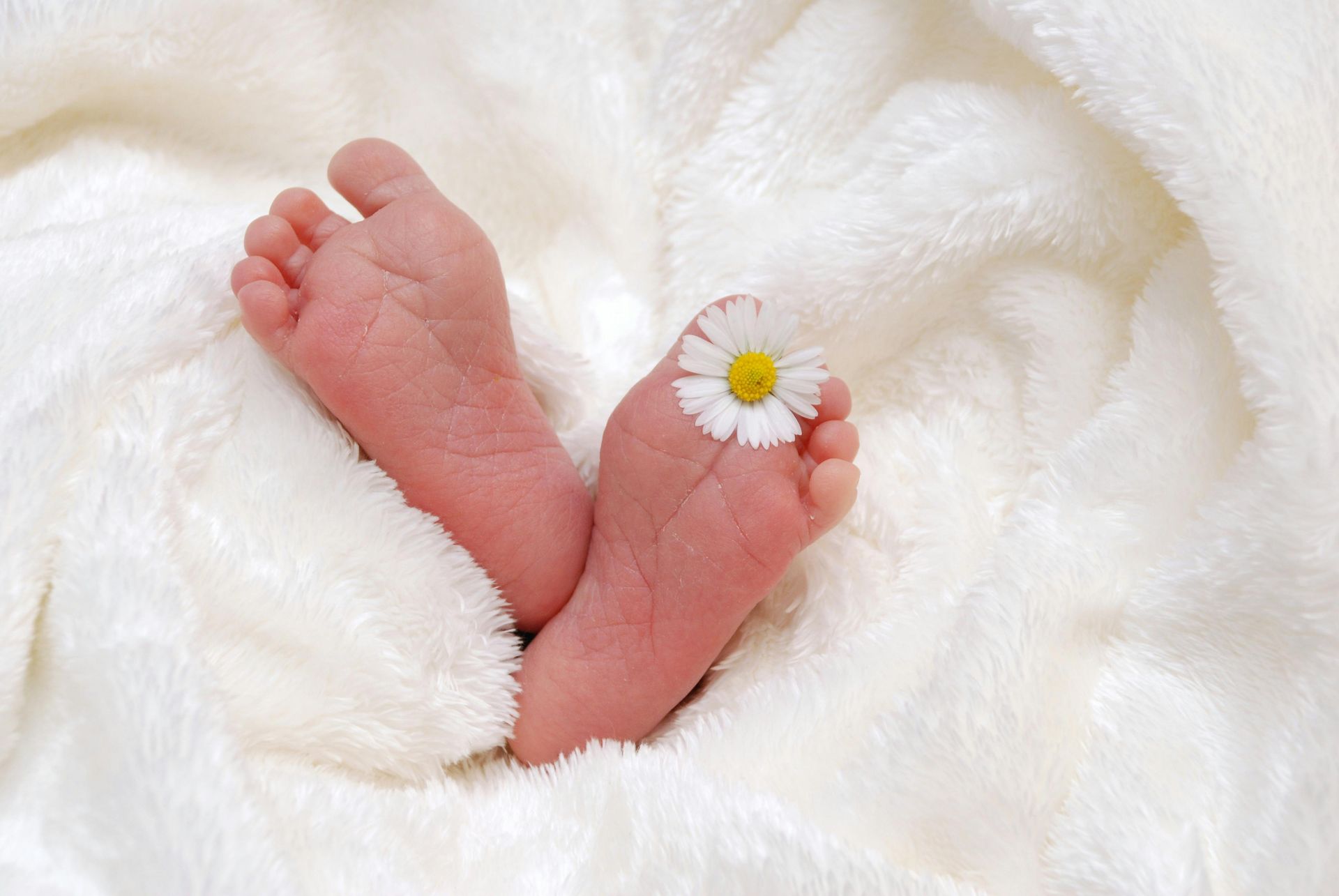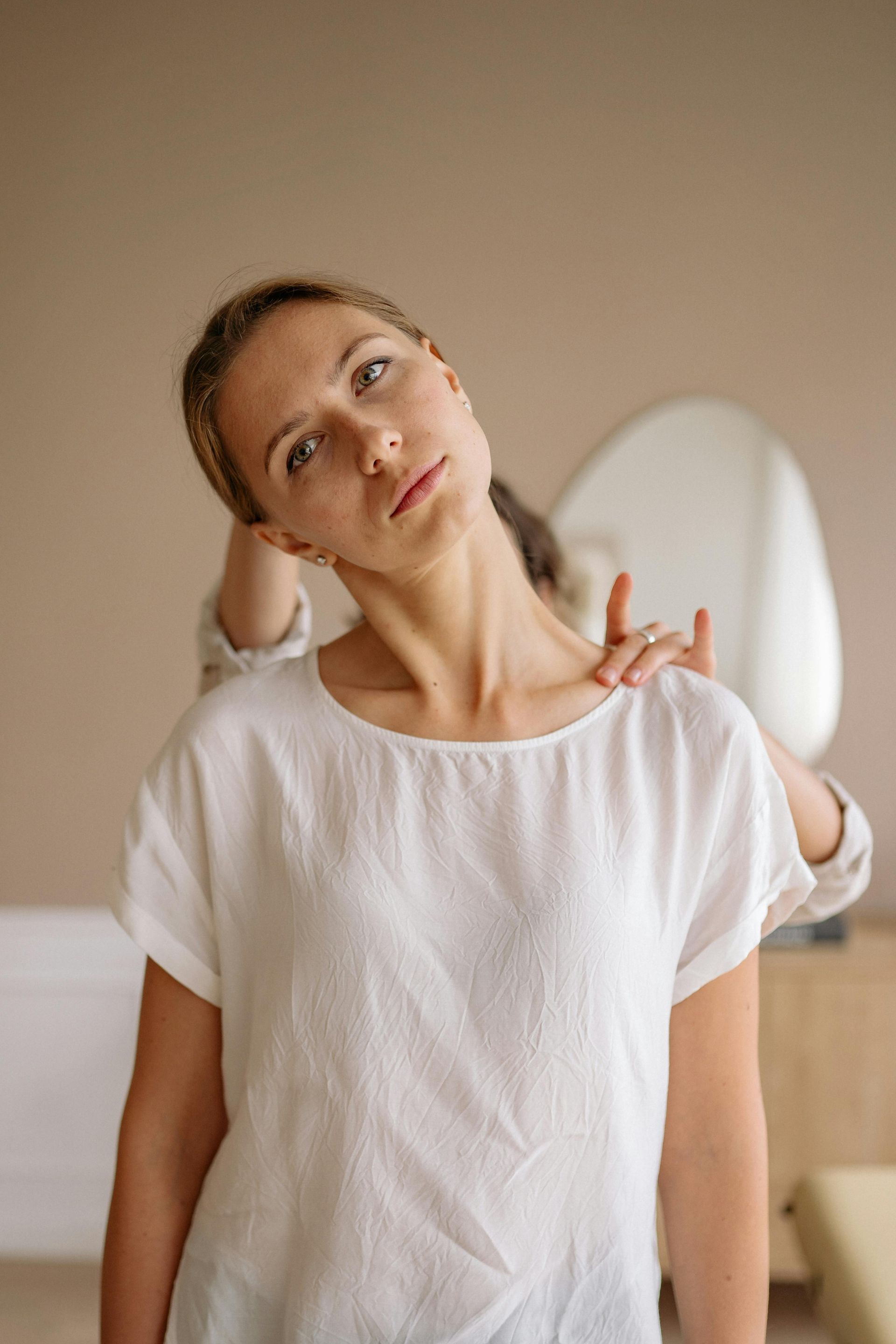Happy Feet: Stretches and Self-Massage for Foot Health
Our feet serve as our foundation: carrying us through our activities, supporting us, and grounding our energy. However, we often forget about caring for our feet. Whether you’re a yogi, a hiker, a surfer, or someone who spends long hours on your feet, giving your feet some love can improve your overall posture, balance, and overall comfort.
Taking just a few minutes a day to stretch and massage your feet can reduce tension, increase circulation, and even reduce discomfort in your knees, hips, and lower back.
Why Foot Care is Important
Each foot contains 26 bones, 33 joints, and more than 100 muscles, tendons, and ligaments — AND our feet can grow additional bones to better support us. When your feet are tight or tired, it can affect how you move your body and lead to pain in your legs, hips, and back.
Neglecting your feet can lead to issues such as plantar fasciitis and tight calves. Regular foot care helps keep your whole body healthy and resilient.

My Favorite Foot Stretches
Here are some foot stretches and yoga poses that you can practice daily:
Toes Pose
From a tabletop position, tuck your toes under and sit back on your heels. You will feel the stretch in your arches and your calves. This stretch can be intense: try sitting up on a block or leaning forward into your hands to make it more comfortable. Hold for 30 to 60 seconds while breathing deeply.
Top of Foot Stretch
Sit on your heels with your toes flat and gently press the tops of your feet into the floor. If this is too intense, try placing a rolled blanket under your ankles. This stretches the muscles that flex your toes and ankles and is a good counter stretch to Toes Pose. Hold for 30 to 60 seconds.
Legs Up the Wall
Sit with a hip against a wall and then recline into your back, resting your legs up the wall. Scoot forward until your seat is close to the wall. You can place a blanket under your hips for extra support, or a block or blanket on top of your feet for additional grounding. You can hold this shape for as long as feels comfortable. This is also a great pose to practice in the evening, as it calms the nervous system and can help you prepare for a good night’s sleep.
Self-Massage for Tired Feet
You can also dedicate some time each day massaging your feet to ease tension or re-energize them. Here are some great techniques:
Warm Up Your Feet
Sit comfortably, and using both hands, rub your feet briskly to create warmth. This boosts circulation and prepares the tissue for deeper work.
Massage Your Arches
Use your thumbs to make small circular motions along the arch, moving from heel to ball of the foot. Adjust pressure to what feels good — firm enough to feel it, never so much that it hurts. You can also use a tennis ball for a similar effect: stand up and roll the tennis ball under your foot, applying light pressure.
Stretch & Pull Your Toes
Gently tug and rotate each toe. This helps increase joint mobility and releases tension between the bones of your toes.

Final Thoughts
A hot foot soak with Epsom salt can be a lovely way to release tension in your feet. You can even try the above massage techniques in the bath.
Regular massage by a professional is another great way to give your feet some love and enjoy lasting relief. Interested in giving it a try? Book a massage with me today; I love caring for tired feet!
On the Blog



